After one year of genocide in Gaza, Israel fails to achieve any goals
By Alireza Akbari
Over the past year, Israel has waged a no-holds-barred genocidal war on Gaza after the Hamas-led Palestinian resistance launched the historic Operation Al-Aqsa Flood on October 7, 2023.
The regime in Tel Aviv, backed by the United States, vowed to eliminate the Gaza-based resistance movement Hamas and return settlers and regime soldiers who were captured by Hamas resistance fighters during its surprise military operation on October 7.
The unprecedented operation on October 7 came in response to decades of Israeli atrocities against Palestinians, settler incursions at Al-Aqsa Mosque, the crippling blockade of Gaza since 2007, settlement expansions, mass arrests of Palestinians, and military raids in the occupied West Bank.
Israeli regime's response was reckless and indiscriminate, bombing everything from homes to schools to hospitals to refugee camps -- with the primary objective of eliminating Hamas.
The other military objectives included returning captives, reoccupying Gaza, forcing Gazans to leave the territory and disintegrating the Axis of Resistance.
One year on, after killing nearly 42,000 Palestinians, mostly children and women, and spawning the modern world's worst humanitarian catastrophe, none of these objectives have been met.
The regime is today more isolated than ever, the Hamas resistance movement is still going strong, captives are either dead or still in Hamas captivity and the Axis of Resistance is stronger than ever.
✍️ Viewpoint -Did Hamas-led ‘Operation Al-Aqsa Flood’ on October 7 occur in vacuum?
— Press TV 🔻 (@PressTV) October 7, 2024
By Iqbal Jassathttps://t.co/cAhXW2uqxT
After failing to achieve any of its military objectives in Gaza after the year-long genocidal war, the Israeli regime has recently shifted its focus to Lebanon while continuing the genocide in Gaza.
According to reports, over 2,000 people have been killed in Lebanon in Israeli airstrikes within just two weeks, and thousands of others have been displaced from their homes, mostly in southern Lebanon.
The much-hyped ground invasion of the Israeli military has also proved an embarrassment as Hezbollah resistance fighters have put up stiff resistance, eliminating the marauding Zionist troops.
We take a look at the Israeli military objectives in Gaza and how they fared.
Defeating Hamas: Failed
After the myth of Israeli military invincibility was shattered in October last year by the Hamas operation inside the occupied territories, Israeli officials adopted similar rhetoric, placing the “destruction of Hamas” at the forefront of their agenda in Gaza.
"Our objective is to completely destroy Hamas' military and governing capabilities,” declared Israeli Prime Minister Benjamin Netanyahu following the unprecedented military operation.
Israeli military affairs minister Yoav Gallant echoed this sentiment, stating, “We will dismantle Hamas.”
In pursuit of this so-called goal, the Israeli regime sought to justify its airstrikes on healthcare facilities in Gaza by falsely accusing Hamas of using “civilian infrastructure" for military purposes.
Israeli regime alleged that Hamas was operating tunnel systems beneath Gaza’s hospitals for its military activities. These claims followed the Israeli airstrike on Al-Ahli Hospital in Gaza on October 17, where the Gaza Health Ministry reported over 471 killed and some 342 injured.
The claims were later debunked but the regime continued targeting other hospitals and schools.
A Timeline: How Israel has unfolded its regional genocidal campaign since October 7, 2023
— Press TV 🔻 (@PressTV) October 6, 2024
Follow Press TV on Telegram: https://t.co/B3zXG73Jym pic.twitter.com/r1mg5mvAj2
As international condemnation of Israeli strikes on civilian and non-military targets grew, the regime defended its attacks on refugee camps in Gaza, asserting that Hamas fighters were hiding among civilians in these densely populated areas, using them as “human shields.”
In late October, the occupying regime launched an airstrike on the Jabalia refugee camp in northern Gaza, resulting in over 195 civilian deaths. The attack sparked widespread criticism from humanitarian organizations, which argued that it violated international law.
Nevertheless, the Tel Aviv regime defended the strike as “necessary” to degrade Hamas infrastructure.
Even UNRWA-run schools in Gaza were not spared from Israeli airstrikes. In November, the regime targeted the Al-Fakhoura School in Jabalia, where dozens of civilians were killed. Tel Aviv justified the attack, claiming that Hamas fighters were using it as cover to launch attacks.
As Israeli airstrikes on civilian structures across Gaza intensified, the Israeli army claimed it was targeting the so-called hideouts of Hamas commanders, specifically the group's military leader, Mohammed Deif.
However, none of these Israeli narratives proved true after a year of aggression in Gaza, and with the anniversary of the Al-Aqsa Storm Operation, Hamas continues its operations without break.
✍️ Investigation -One year of Al-Aqsa Flood: How NYT massacred facts about Israel’s genocide in Gaza
— Press TV 🔻 (@PressTV) October 7, 2024
By Maryam Qarehgozlouhttps://t.co/q87oUC8CPT pic.twitter.com/Jp4e9h5JOO
Disintegrating Axis of Resistance: Failed
The Israeli army has over the past year employed hybrid warfare tactics to isolate, demoralize, fragment, and weaken resistance groups in the region, from Lebanon to Iraq to Yemen.
By targeting high-ranking commanders, the Israeli military has aimed to create a leadership vacuum, hoping this would lead to internal fragmentation among resistance groups.
For example, after the assassination of top Hamas leaders, Israeli officials stated that it would impede the group's ability to coordinate effectively with other resistance fronts—similar to the strategy employed following the assassination of top-ranking Hezbollah commanders.
The Israeli military also sought to sow discord among resistance groups by attempting to spread the narrative that Palestinian civilians were paying the price for the actions of the resistance.
Moreover, the Israeli military pushed a portrayal of resistance groups as weak, emphasizing their inability to protect civilians amid Israeli attacks on densely populated areas.
Yet, the Israeli ploy collapsed as every civilian who lost a family member to Israeli strikes in Gaza vowed support for the resistance fighters and revenge against Tel Aviv.
Not only did the Israeli plan fail, but the resistance groups also managed to gain more public acceptance and popularity from a population subjected to Israeli apartheid for years.
Hezbollah: Operation Al-Aqsa Flood will have historic, strategic implications for regionhttps://t.co/eoQKDwK4Xc
— Press TV 🔻 (@PressTV) October 7, 2024
Over the past year, resistance groups in Gaza as well as regional countries Lebanon, Yemen and Iraq have been regularly carrying out military operations against the Israeli regime.
Beyond public support, resistance groups have become more united on an operational level.
Resistance movements in Gaza, the occupied West Bank, Iraq, Lebanon, and Yemen have collectively responded to the call for Palestinian justice, with each carrying out anti-Israeli operations.
Release of Israeli captives: Failed
Israeli officials have invoked the “release of Israeli captives” as a primary justification for expanding the genocidal war on Gaza, without actually caring for their well-being.
“We’re committed to the return of all of our captives,” declared Netanyahu. Israeli war minister Gallant echoed the same sentiment, calling the release of Israeli captives a “moral duty.”
However, over time, it became clear that the so-called moral duty was merely a pretext for the Israeli regime to prolong its aggression on Gaza in order to meet other objectives.
Netanyahu’s added conditions to the truce agreement—including an increased prisoner exchange ratio, the resumption of military aggression in Gaza after the truce, and ongoing Israeli surveillance and military presence—widened the gap in reaching a ceasefire and It became evident to the public that the real objective was the continuation of aggression, not the release of captives.
Many of the Israeli captives have been killed in the Israeli airstrikes in the past year and many continue to be held in Hamas tunnels scattered across the coastal territory.
Normalization of occupation: Failed
Following the Al-Aqsa Flood Operation, Tel Aviv immediately sought to garner international sympathy and justify its brutal attacks on Palestinians in the Gaza Strip.
Israeli media launched a propaganda campaign against Hamas, spreading false claims about Palestinian resistance fighters, including allegations of beheading Israeli children and raping Israeli women.
These claims were amplified by Washington and other Western allies of Tel Aviv. However, once the truth emerged, media outlets that had propagated these lies turned mute.
As Israeli brutality in Gaza escalated, CCTV footage from Israel's notorious Sde Teman prison emerged, showing IDF soldiers assaulting a Palestinian detainee.
Moreover, not only did Israel fail to justify its aggression on Gaza, but the normalization talks between Tel Aviv and several Arab states also stalled, as public pressure grew on leaders of those Arab states to abandon normalization with a regime that is tainted with innocent blood.
US complicit in Israel’s genocide in Gaza
— Press TV 🔻 (@PressTV) October 7, 2024
Press TV's @motee_im reports from Deir al-Balah#GazaGenocide pic.twitter.com/QRMLwHJazy
On the legal front, Tel Aviv faced further repercussions when South Africa filed a case with the International Court of Justice (ICJ) in December for violating the 1948 Genocide Convention.
Israel’s international standing was further weakened with many countries calling for an "arms embargo" on it, including some key Western allies of the regime such as France.
French President Emmanuel Macron called for a "political solution" and urged a halt to arms deliveries which didn't go down well with Netanyahu and his ministers.
Moreover, the Boycott, Divestment, and Sanctions (BDS) movement significantly deepened Israel's global isolation by targeting its economic, cultural, and political connections.
By advocating for businesses, universities, and governments to cut ties with Israel over its aggression in Palestine, BDS has pressured foreign actors to distance themselves from the Israeli regime.
This peaceful form of resistance further intensified Israel's diplomatic marginalization.
‘Trump authorized Epstein’s death’; ‘love for young girls’: Accusations infest new Epstein files
Libya’s army chief killed in Ankara plane crash after high-level talks with Turkish officials
Israeli settlers tear gas 3 Palestinian children in attack on West Bank home
‘He raped me’: New trove of Epstein files reveals why Trump tried to bury them
Iran halts gas exports to Iraq amid surge in domestic demand
Belgium files to intervene in South Africa’s ICJ genocide case against Israel
Netanyahu appears in court for 65th time in ongoing corruption trial
Iran's government submits $111bn budget bill for year 1405


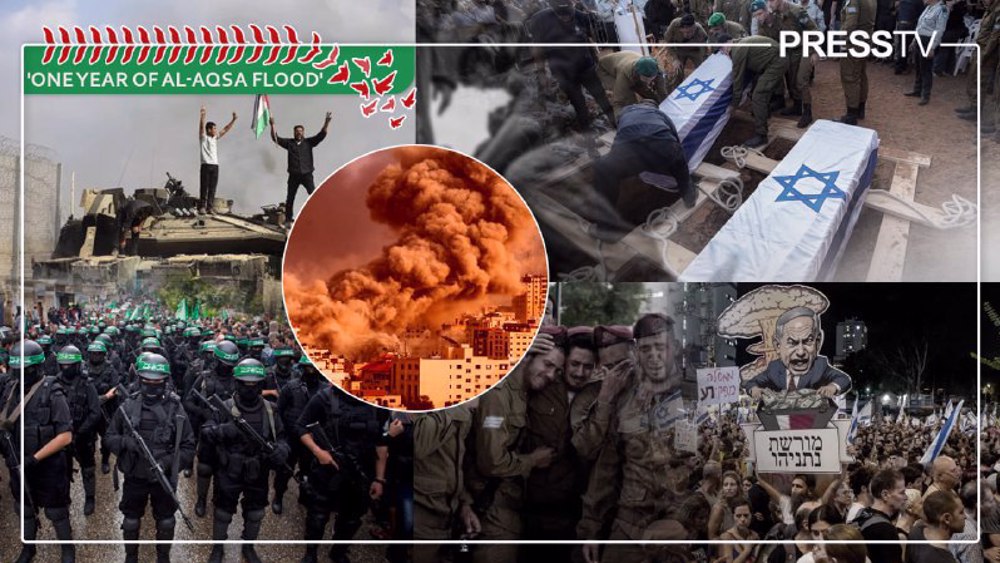
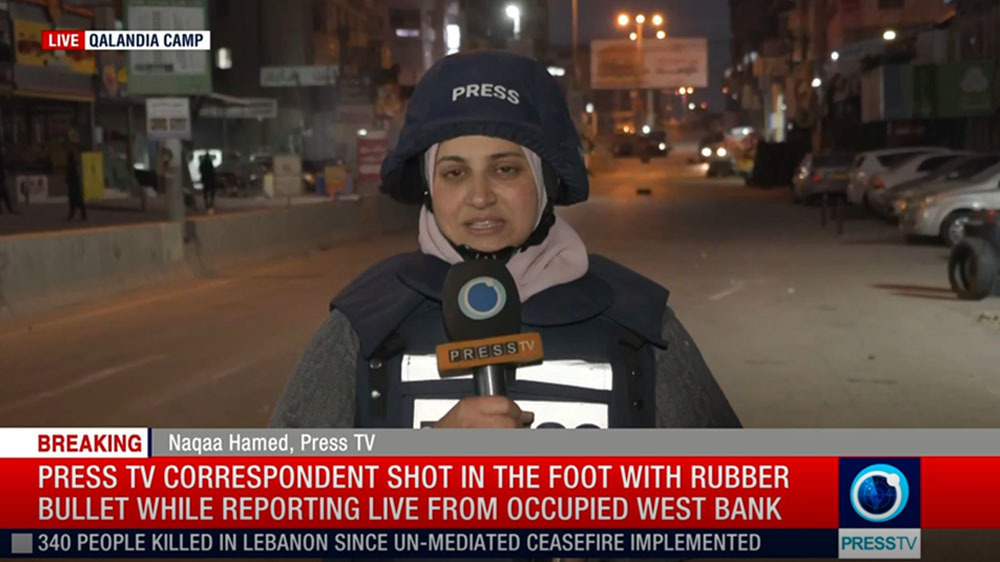
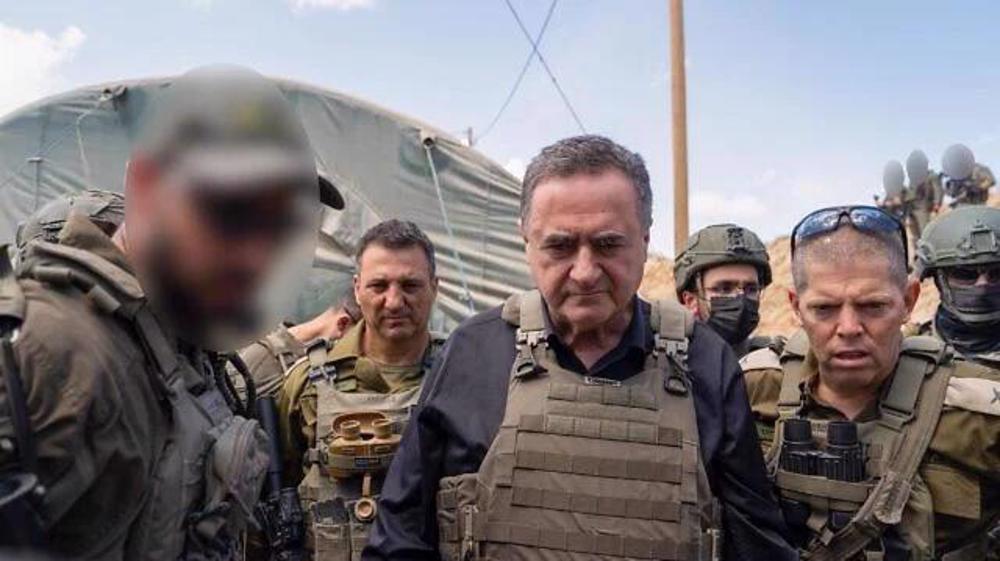




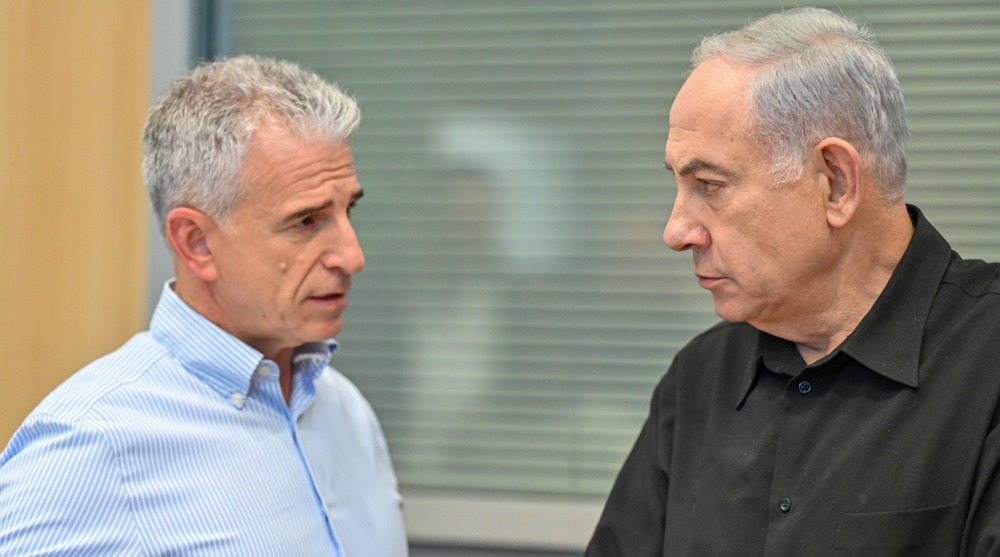
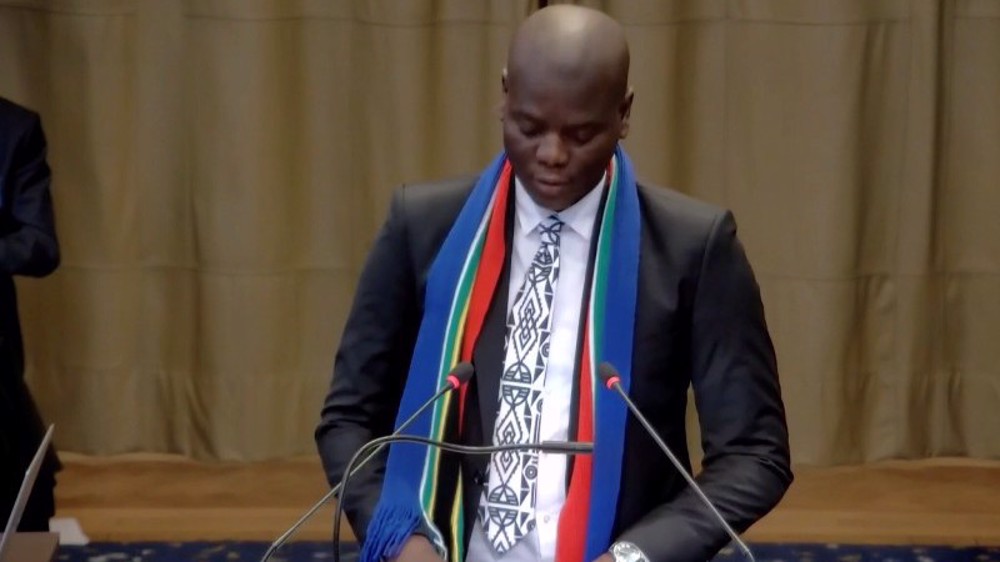
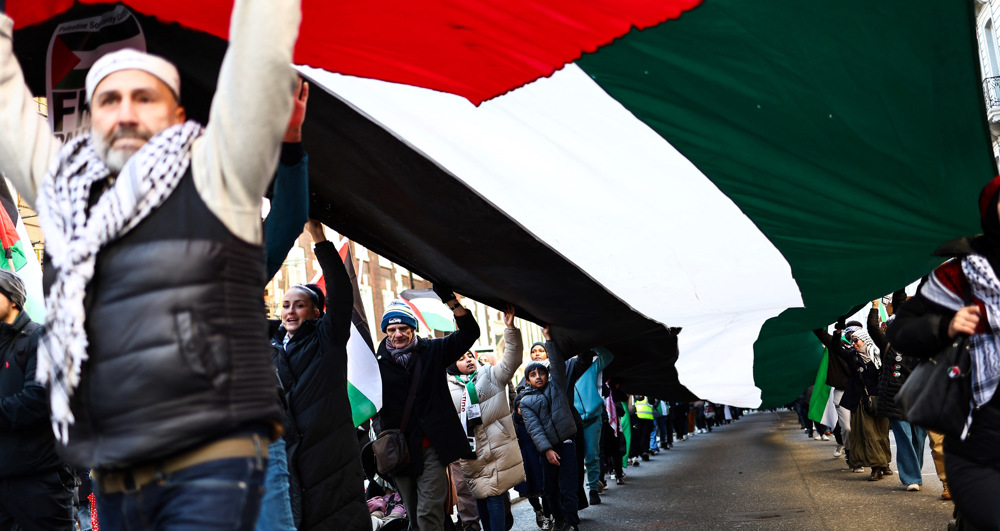
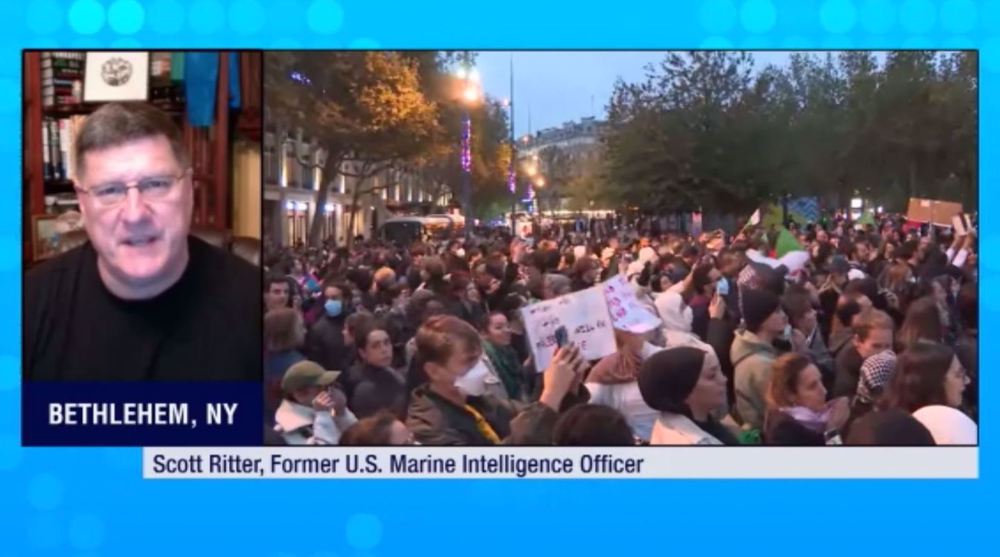
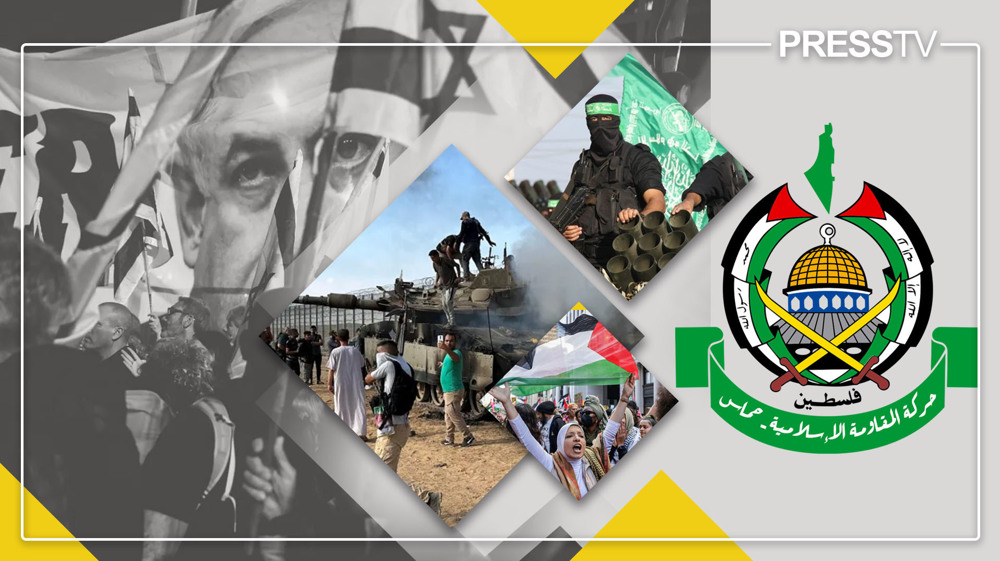

 This makes it easy to access the Press TV website
This makes it easy to access the Press TV website